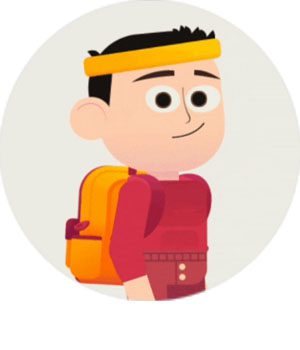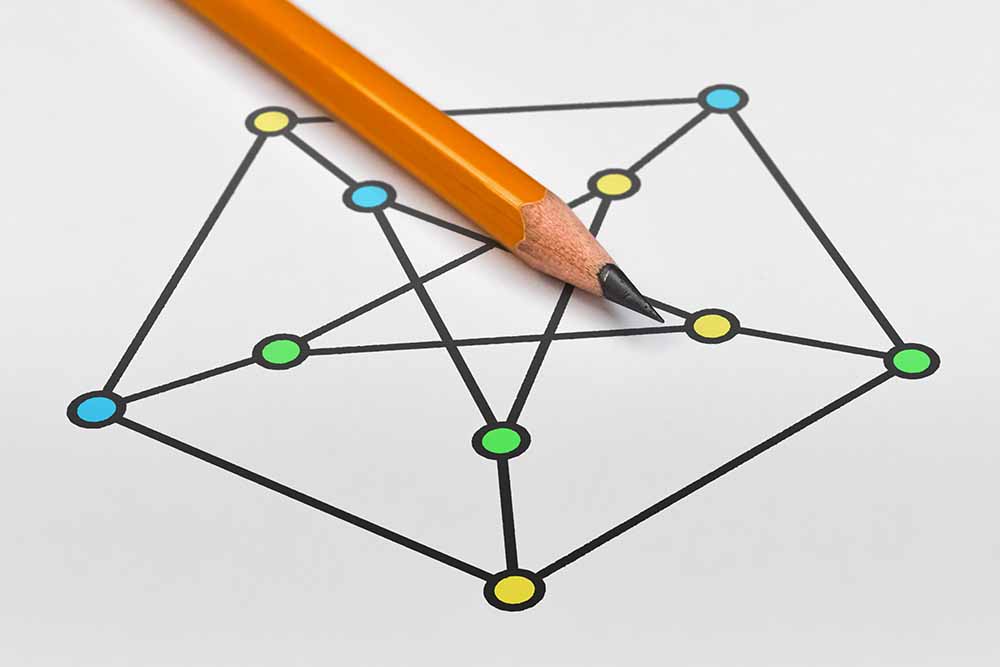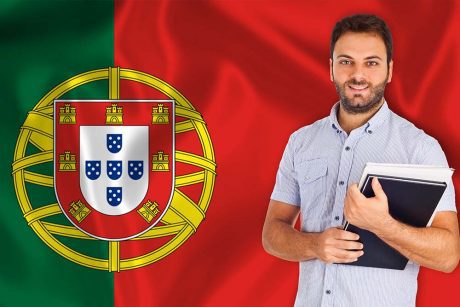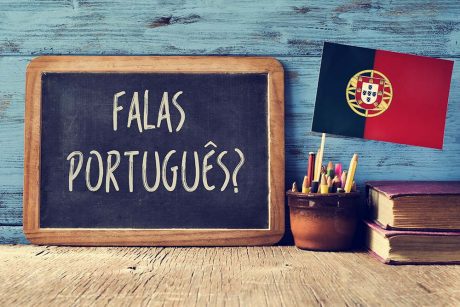Graph Theory - Level 3
Overview
The study of lines and points is known as graph theory. It’s a branch of mathematics or computer science that works with graphs, which are diagrams containing points and lines that typically graphically depict mathematical concepts. The study of the link between edges and vertices is known as graph theory.
Even though graph theory might not sound very applicable, there are actually useful and important applications of graph theory. Graph theory is specifically used to find shortest path in road or a network. In Google maps, various locations are represented as vertices or nodes and the roads are represented as edges and graph theory is used to find the shortest path between two nodes.
This course provides a complete introduction to graph theory algorithms in computer science and mathematics. The course covers topics such as how to store and represent graphs on a computer, common graph theory problems, graph traversal algorithms (DFS and BFS), Dijkstra’s shortest path algorithm (both the lazy and eager versions) and topological.
Why you should consider taking this course at Study365
Study 365 is a leading online education provider for several accredited organisations. It provides learners the opportunity to take this Graph Theory – Level 3 course, at their own pace. At Study365, we give our fullest attention to the learners’ needs and ensure they have the necessary information required to proceed with the training effectively. We disseminate the latest knowledge and facilitate learners with everything required to confirm a top-notch position in the industry. We vouch for our learners an exclusive learning experience by paying close attention to their unique requirements and coming up with solutions every time. We provide them with state-of-the-art facilities using the latest technology.
Here are some unique benefits of studying through Study365:
- Informative and secure
- Expert tutor support
- Learn at your own pace
- Versatile and motivated learning
- A culture of continuous improvement
- About the Tutor
- Learning outcomes
- Whom is this qualification for?
- Prerequisites to take the course
- Method of assessment
- Certification
- Awarding body
- Career path and progression

William Fiset, an employee at Google Maps as a software developer in California. He is also an ACM-ICPC world finalist and a problem solver who wants to share his computer programming and problem-solving expertise with learners around the globe. Since there is a need for high-quality knowledge regarding complex topics in computer science, he teaches subjects like Data structures and algorithms topics. He chooses such topics to teach as they are the most crucial to grasp on the route to becoming a great software developer.
- Understand common graph theory problems
- Learn storage and representation of graphs (networks) on a computer
- Learn the Dijkstra’s algorithm
- Understand various tree algorithms
Individuals who want to learn about graph theory
Understanding of computer science fundamentals (eg; data structures, recursion, classes, OOP)
This is a knowledge-based course, and thus, will contain no method of assessment.
Once the course completed, the learners get awarded the certificate of completion for ‘Graph Theory - Level 3’ by iAP.
The International Awards for Professionals (iAP) is an awarding body established in 1999 that aims to promote a high educational standard. It hopes to create online education that is trustworthy and credible. It is focused on raising the standards of online education, and ensuring it is accessible to all. The iAP provides accreditation for a range of educational establishments, and monitors and continually develops the educational standards of such institutions. Its globally recognised certifications allow learners to acquire the skills and knowledge needed to gain employment in the chosen fields.
On successful completion of this course, learners will have the knowledge and skills to enter the relevant job market with a new level of confidence. You can explore a wide range of industry-related professions. You can further study related courses that will open new and exciting doors and opportunities to enhance your expertise in this subject. This course will not only transfer the knowledge and skills to start your own business with confidence, but also open the door to new and exciting opportunities and enhance your expertise. Top employers and organisations will recognise your skills that will enable you to land a generously-paying job. Given below are job titles you can compete for:
- Machine learning engineer
- Statistician
- Software engineer
Course Curriculum
| 1. Graph Theory Introduction and Basics | |||
| 1.1. Graph Theory Introduction | FREE | 00:14:00 | |
| 1.2 Problems in Graph Theory | FREE | 00:10:00 | |
| 1.3 Depth First Search Algorithm | 00:10:00 | ||
| 1.4. Breadth First Search Algorithm | 00:07:00 | ||
| 1.5. Breadth First Search Grid Shortest Path | 00:17:00 | ||
| 2. Graph Theory and Trees | |||
| 2.1. Introduction to Trees | 00:10:00 | ||
| 2.2. Beginner Tree Algorithms | 00:10:00 | ||
| 2.3. Rooting a Tree | 00:05:00 | ||
| 2.4. Finding Tree Center(S) | 00:06:00 | ||
| 2.5. Identifying Isomorphic Trees | 00:11:00 | ||
| 2.6. Identifying Isomorphic Trees Source Code | 00:10:00 | ||
| 3. Classic Graph Theory Algorithms | |||
| 3.1 Topological Sort Algorithm | 00:14:00 | ||
| 3.2 Shortest/Longest Path on a Directed Acyclic Graph (DAG) | 00:10:00 | ||
| 3.3 Dijkstra’s Shortest Path Algorithm | 00:25:00 | ||
| 3.4 Dijkstra’s Shortest Path Algorithm | Source Code | 00:09:00 | ||
| 3.5 Bellman-Ford Algorithm | 00:15:00 | ||
| 3.6 Floyd-Warshall All Pairs Shortest Path Algorithm | 00:16:00 | ||
| 3.7 Floyd-Warshall All Pairs Shortest Path Algorithm | Source Code | 00:09:00 | ||
| 3.8 Bridges & Articulation Points | 00:20:00 | ||
| 3.9 Bridges & Articulation Points | Source Code | 00:09:00 | ||
| 3.10 Tarjan’s Strongly Connected Components Algorithm (UPDATED) | 00:17:00 | ||
| 3.11 Tarjan’s Strongly Connected Components Algorithm | Source Code | 00:07:00 | ||
| 3.12 Travelling Salesman Problem | 00:20:00 | ||
| 3.13 Travelling Salesman Problem | Source Code | 00:13:00 | ||
| 3.14 Existence of Eulerian Path and Circuits | 00:10:00 | ||
| 3.15 Eulerian Path Algorithm | 00:16:00 | ||
| 3.16 Eulerian Path Source Code | 00:08:00 | ||
| 4. Network Flow | |||
| 4.1 Max Flow Ford Fulkerson | Network Flow | 00:13:00 | ||
| 4.2 Max Flow Ford Fulkerson | Source Code | 00:17:00 | ||
| 4.3 Unweighted Bipartite Matching | Network Flow | 00:11:00 | ||
| 4.4 Bipartite Matching | the Mice and Owls Problem | Network Flow | 00:08:00 | ||
| 4.5 Bipartite Matching | The Elementary Math Problem | Network Flow | 00:11:00 | ||
| 4.6 Edmonds Karp | Network Flow | 00:10:00 | ||
| 4.7 Edmonds Karp | Network Flow | Source Code | 00:06:00 | ||
| 4.8 Capacity Scaling | Network Flow | 00:10:00 | ||
| 4.9 Capacity Scaling | Network Flow | Source Code | 00:06:00 | ||
| 4.10 Dinic’s Algorithm | Network Flow | 00:12:00 | ||
| 4.11 Dinic’s Algorithm | Network Flow | Source Code | 00:10:00 | ||
| 5. Bonus Topics | |||
| 5.1 Prim’s Minimum Spanning Tree (Lazy Version) | 00:15:00 | ||
| 5.2 Prim’s Minimum Spanning Tree (Eager Version) | 00:15:00 | ||
| 5.3 Prim’s Minimum Spanning Tree Source Code | 00:09:00 | ||
| 5.4 Lowest Common Ancestor (LCA) Problem | 00:17:00 | ||
| Completion Certificate Request | |||
| Completion Certificate Request | |||






No Reviews found for this course.